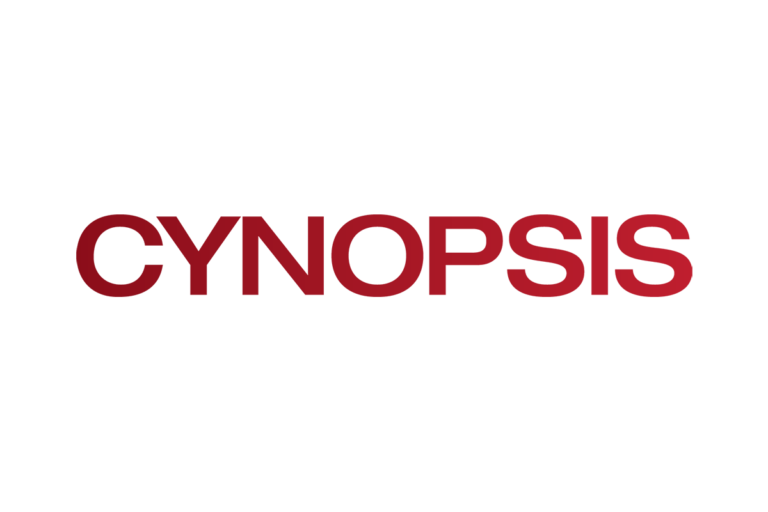Cynopsis Special Report: How Premion is Winning the Ad Fraud War

Premion Insights: Winning the Ad Fraud War
DiCaprio. Ice Bucket. Monarch. They carry colorful monikers, but these code names for various types of fraudulent advertising schemes are anything but fun and games. The good news is, there are highly effective ways to combat ad fraud in the connected television and OTT realm. John Vilade, head of sales at Premion, talked with Cynopsis about what advertisers need to look out for, and how the leading local and regional ad platform is driving the industry forward to deliver brand-safe and fraud-free CTV and OTT impressions.
We’ve seen headlines of ad fraud continuing to increase in the connected television space. What is CTV fraud and how big of a problem is it?
The prevalence of ad fraud has been around since the beginning of CTV ads. We’ve just seen ad fraud volumes grow with the surge in streaming TV viewing. As more ad dollars flow into this channel to chase these audiences, bad actors bent on scamming the streaming industry are following the money.
CTV and OTT fraud happens when you’re paying for ads that are not being seen by an actual consumer. Today, according to firms like MadHive and Pixalate, we’re seeing anywhere between 18 to 20 percent in fraudulent ad requests tied to streaming video across the industry. That’s a notable number and a challenge for ad sellers, publishers and marketers. Video ad impressions are lucrative compared to other forms of digital ads, which makes this appealing to fraudsters. Anywhere you’re earning high CPMs and experiencing growth like we’re seeing in the CTV space, you’re going to see that type of deceptive activity follow. They’re basically bilking the industry of millions of dollars on billions of fake impressions before they’re discovered. This is an ongoing and constant war, and we and the industry have a responsibility to steward the clients’ money so they are investing in trusted, transparent fraud-free environments. This is now table stakes.
What should advertisers be on the lookout for?
Marketers want to know their impressions are human and viewable, and not coming from the variety of ways that fraud can be perpetrated. Really what we’re talking about these days are the hygienics of streaming. It’s mission critical to the survival of streaming and the survival of television.
There are several types of CTV fraud to be aware of. Geographic misrepresentation happens when an unscrupulous arbitrager may sell ads they claim are being shown to users in the U.S., but instead will show the ads in a developing country to take advantage of lower CPMs, as an example. With device-based fraud, there’s a process known as “looping,” where a single connected device will show an implausibly high number of ads during a given time period — for example, 60 ads in a single minute. App-based fraud occurs when an ad-supported OTT app shows a consistently high rate of activity around the clock. A less sophisticated kind of fraud that can frustrate marketers is seller-based deception—sellers selling impressions that are represented as one thing and end up being quite another. With some of the reporting clients can get, there’s often a bucket that says ‘other.’ If you’re a client, you want to ask what’s in that bucket, where do they come from?
Sellers also need to be educated as sometimes they are engaging in deception without even knowing it. There’s truly an incumbency on the industry to make sure our sellers know what they’re selling. A lot of vendors have entered the OTT and CTV sales game, and it’s not as simple as, ‘Hey buy my impressions.’ While it could be a seemingly innocuous representation, it’s still something to look out for.
Are there other losses that are incurred when ad fraud takes place?
There’s of course the monetary loss, but there’s also the opportunity cost loss. For instance, a marketer needs to know that the impressions they bought were delivered as ordered. An advertiser’s campaign is carefully planned to do something very specific at a specific point of time. Fraud not only makes it net effectively more expensive, but also robs you of the actual opportunity cost of that campaign in time.
How is Premion’s approach different than that of other OTT advertising platforms?
We employ several layers of defense that leverage forward-thinking technologies. For several years we have been working with MadHive. They are an ad tech partner for us, and they’re recognized leaders in addressing CTV fraud. They are using machine learning in this area and automated content recognition, and they’re also using cryptography not for “code breaking”, but to look for irregular patterns in traffic and inventory verification
In addition to working with MadHive, Premion’s business model keeps us at the forefront of ad fraud protection. Anything we do is a direct deal with broadcast and publisher partners. We are all about direct relationships; we are not arbitraging the open exchange. We are really focused on leaving no room for any suspicious, obfuscated, fraudulent activity. We also have no user-generated content and we put a premium on understanding and knowing our source inventory.
Premion just achieved TAG certification against fraud. Can you explain the significance of this designation from the Trustworthy Accountability Group?
Ad fraud has absolutely no place in our business. We are the first and only local OTT platform that is now TAG certified against fraud. This wasn’t only about Premion. This was about the marketplace. We know we have to deal with this as an industry, so we decided to be the first to move through this gate. We’ve treated ad fraud as a strategic priority from the onset. By taking proactive steps early, we are providing our advertisers with the highest level of accountability as the trusted and secure OTT advertising platform. I’ve seen the stats, and the incidence of fraud with the companies that are certified against fraud is extremely low, somewhere around 1.5 percent.
Talk us through the process of what happens when fraudulent activity is detected.
In our environment, the client won’t see it or experience it. We weed out any suspicious inventory so that only verified impressions are moved through the Premion ecosystem. What clients know about us is that we are using sophisticated serving technology and we are also using only direct relationships so our supply path is clean.
Read more on Cynopsis here.

